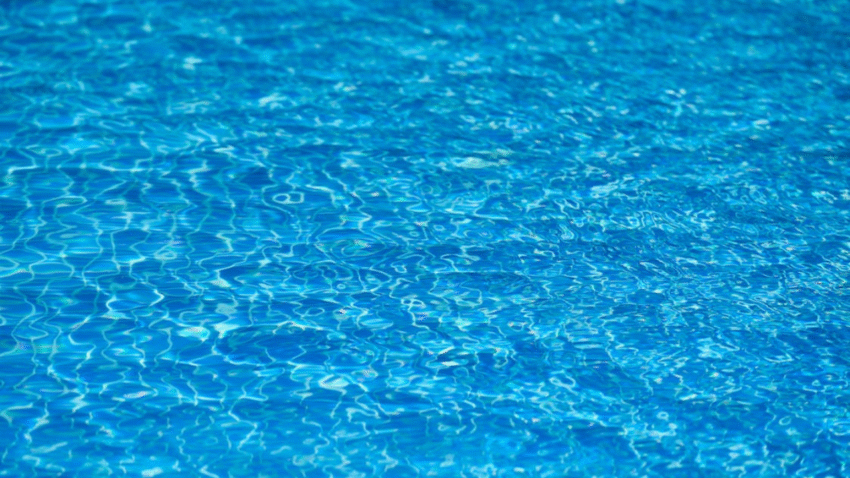Introduction
Is your pool’s pH level too high? Are you struggling with cloudy water or scaling on your tiles? It might be time to add muriatic acid. In this step-by-step guide, you’ll learn how to add muriatic acid to your pool safely and effectively. This strong chemical plays a key role in water balance and helps keep your pool crystal clear, sanitized, and safe for swimmers.
Why Muriatic Acid Matters for Your Pool
Muriatic acid (a diluted form of hydrochloric acid) is used in pool maintenance to lower pH and total alkalinity. When these levels are too high, it can lead to:
- Cloudy water
- Calcium scaling on pool surfaces and equipment
- Reduced effectiveness of chlorine
- Skin and eye irritation for swimmers
Keeping your pool’s pH between 7.2 and 7.6 ensures optimal chlorine performance and a more enjoyable swimming experience. Muriatic acid helps maintain that balance, especially in areas with hard water or frequent pH rises.
Step-by-Step Guide to Adding Muriatic Acid
Step 1: Test Your Pool Water
Before adding any chemicals, test your water using a reliable pool test kit or test strips. Check both:
- pH level (ideal: 7.2–7.6)
- Total alkalinity (ideal: 80–120 ppm)
If your pH is above 7.8 or your alkalinity is over 120 ppm, it’s time to add muriatic acid.
Pro Tip: Always test water in the morning or evening for the most accurate readings.
Step 2: Calculate How Much Muriatic Acid to Add
The amount of acid needed depends on your pool’s volume and current pH/alkalinity levels. As a general rule:
- 1 quart (32 oz) of muriatic acid lowers pH by 0.2 in a 15,000-gallon pool
- For minor adjustments, start with 1/4 to 1/2 cup per 5,000 gallons
To be precise, use an online calculator or refer to the chart provided on the acid container.
Caution: Always err on the side of adding less. You can retest and add more if needed.
Step 3: Put on Protective Gear
Muriatic acid is a highly corrosive chemical. Protect yourself by wearing:
- Safety goggles
- Acid-resistant gloves
- Long sleeves and pants
- Closed-toe shoes
Warning: Never breathe in fumes and always work in a well-ventilated outdoor space.
Step 4: Choose the Right Method of Application
There are two safe ways to add muriatic acid to your pool:
Option 1: Direct Pour Method (Most Common)
- Ensure your pool pump is running.
- Carefully pour the measured amount of acid near a return jet to help it disperse quickly.
- Pour slowly and close to the water surface to avoid splashing.
- Avoid pouring near skimmers, ladders, or shallow steps.
Option 2: Dilution Method (Recommended for Beginners)
- Fill a clean 5-gallon plastic bucket with pool water (not more than halfway).
- Add the acid to the water—never the other way around.
- Stir gently using a plastic or wooden stir stick.
- Slowly pour the diluted solution into the deep end with the pump running.
⚠️ NEVER mix muriatic acid with chlorine or other pool chemicals. This can result in a dangerous reaction.
Step 5: Let the Water Circulate
Keep the pool pump running for at least 30–60 minutes after adding muriatic acid. This ensures the acid mixes thoroughly and begins adjusting pH and alkalinity levels.
Tip: Leave the pool uncovered during circulation for maximum gas exchange and effectiveness.
Step 6: Retest and Repeat if Needed
After allowing time for circulation, retest your water (ideally 4–6 hours later). If your pH or alkalinity is still too high, you can repeat the process in small increments.
- Do not add large doses at once.
- Never try to fix both pH and alkalinity in a single step—balance slowly over 1–2 days if needed.
Common Mistakes to Avoid
- Adding Too Much Acid at Once
- Can cause pH to crash or damage surfaces.
- Solution: Start small, test often, and adjust gradually.
- Pouring Without the Pump Running
- Can lead to poor dispersion and staining.
- Solution: Always run your pump for proper circulation.
- Mixing Acid With Other Chemicals
- Extremely dangerous and can create toxic fumes.
- Solution: Handle muriatic acid separately and store safely.
- Skipping Protective Gear
- Direct contact can burn skin or irritate eyes and lungs.
- Solution: Always wear gloves, goggles, and long clothing.
- Adding Acid During Peak Sunlight
- UV exposure can affect chemical balance and reduce effectiveness.
- Solution: Add in the early morning or late evening.
Extra Tips & Pool Hacks
- Use a pH Down alternative if nervous about handling acid: Some commercial products are safer, though more expensive.
- Store safely away from children or pets: Always keep muriatic acid in its original container in a locked, ventilated area.
- Lower total alkalinity slowly: If alkalinity is too high, aerate your pool after adding acid to reduce it without crashing the pH.
💡 Want to improve water clarity? Check out our guide on how to maintain pool water clarity for complete pool care advice.
Conclusion
Adding muriatic acid to your pool may sound intimidating, but when done correctly, it’s one of the most effective ways to control pH and maintain clean, balanced water. By testing first, measuring accurately, applying safely, and retesting after circulation, you’ll master the process with confidence.
💡 Final Tip: Always keep muriatic acid on hand during summer when pH tends to rise—and bookmark this guide so you never forget how to use it properly!
